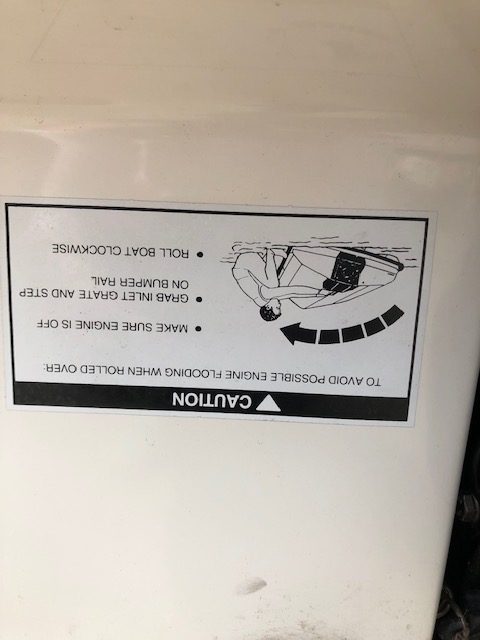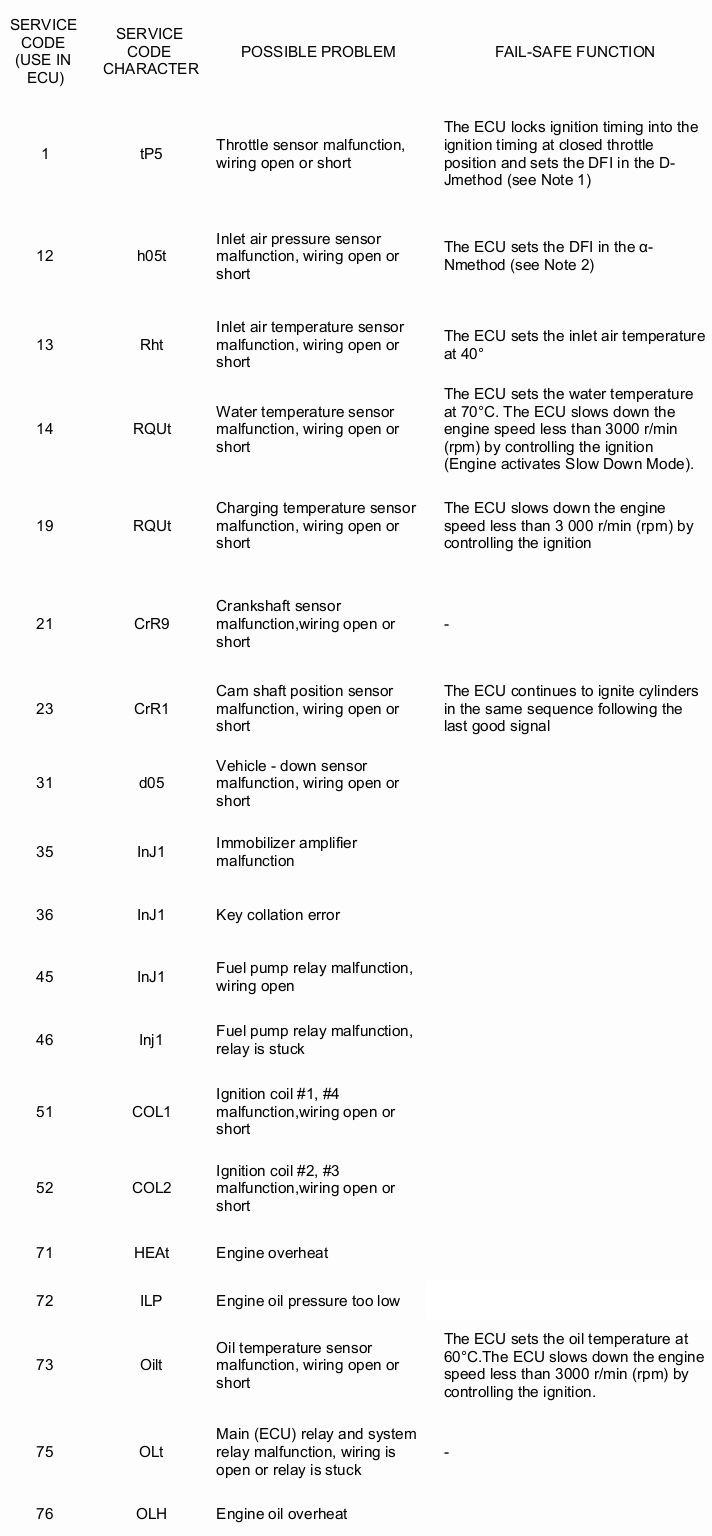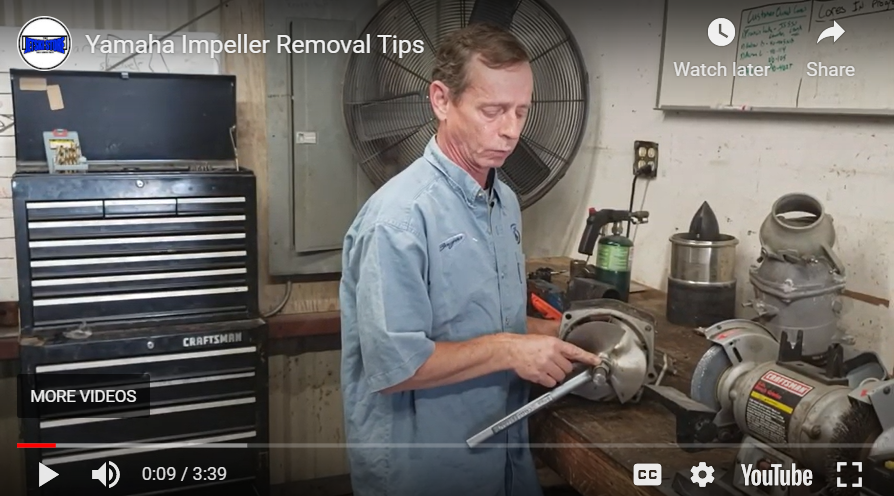The basic requirements for a cylinder lining, either steel or nicasil, are wear and galling resistance and minimal oil consumption.
In the beginning, engines used steel or iron blocks, and the cylinders were just cut into the block. This means if the bore becomes damaged, you can just cut the bore larger and use an over sized piston and this makes for a perfect repair.
When aluminum blocks were introduced, they were lighter weight, had better heat characteristics, and initially steel sleeves were installed. These steel liners can be bored oversize or replaced, with either method resulting in a perfect repair.
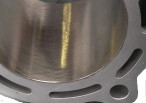
Besides steel sleeves, there are also nicasil plated cylinders. The newer, high performance skis, such as Ultra 150, XL800, XL1200, GP800 and GP1200, have nicasil plating.
Nicasil (or Nikasil or NiCom, both trademark names ) is short for Nickel Silicon Carbide. The silicon carbide is much harder than steel and is dissolved in a nickel solution and electroplated onto an aluminum cylinder bore. The nickel is worn off in the cylinder leaving the ceramic like silacon carbide plating. This plating is significantly stronger than a stainless steel sleeve or cast iron cylinder bore. The aluminum beneath the coating conducts heat better than the cast iron also.
You can tell if you have a nicasil lining by using a magnet. If it does not stick to the inside of the cylinder, then it is nicasil.
If the nicasil bore gets damaged, you can bore the nicasil layer off and install a steel sleeve, but this must be done to all the cylinders or you will have a mismatched engine that can affect performance. While this is an effective repair, it is not perfect. An engine designed for nicasil bores will not cool as well, and the steel bore will have increased friction. This means the repair isn’t perfect, as you may have decreased performance or reliability when going from a nicasil bore to a steel sleeved bore.
Nicasil plating is extremely durable but cannot be patched or polished if damaged. If it is deeply scratched, gouged or chipped, the exposed aluminum beneath it will melt and deposit on the inside of the bore.
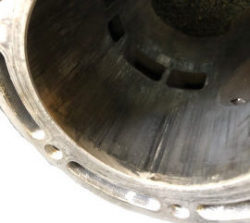
This is called galling, a type of wear what happens when friction creates enough heat to weld materials together by removing material from one place and depositing it on the other material.
Any abrasive deposits, running to lean a mix or possibly a piece of metal from the piston ring entering the cylinder will be dragged along the walls of the cylinder and possibly damage the nicasil coating.
Boring a nicasil cylinder removes the coating and the only option is resleeving with a steel sleeve or replating with nicasil.
Nicasil can be repaired perfectly by replating. There are several companies (not many but 2 or 3 at least) that can replate the cylinder, making it “new” again. This is a perfect repair as it restores original factory performance.
Before replating or resleeving the cylinder, be sure to address the issue that caused the initial damage!
